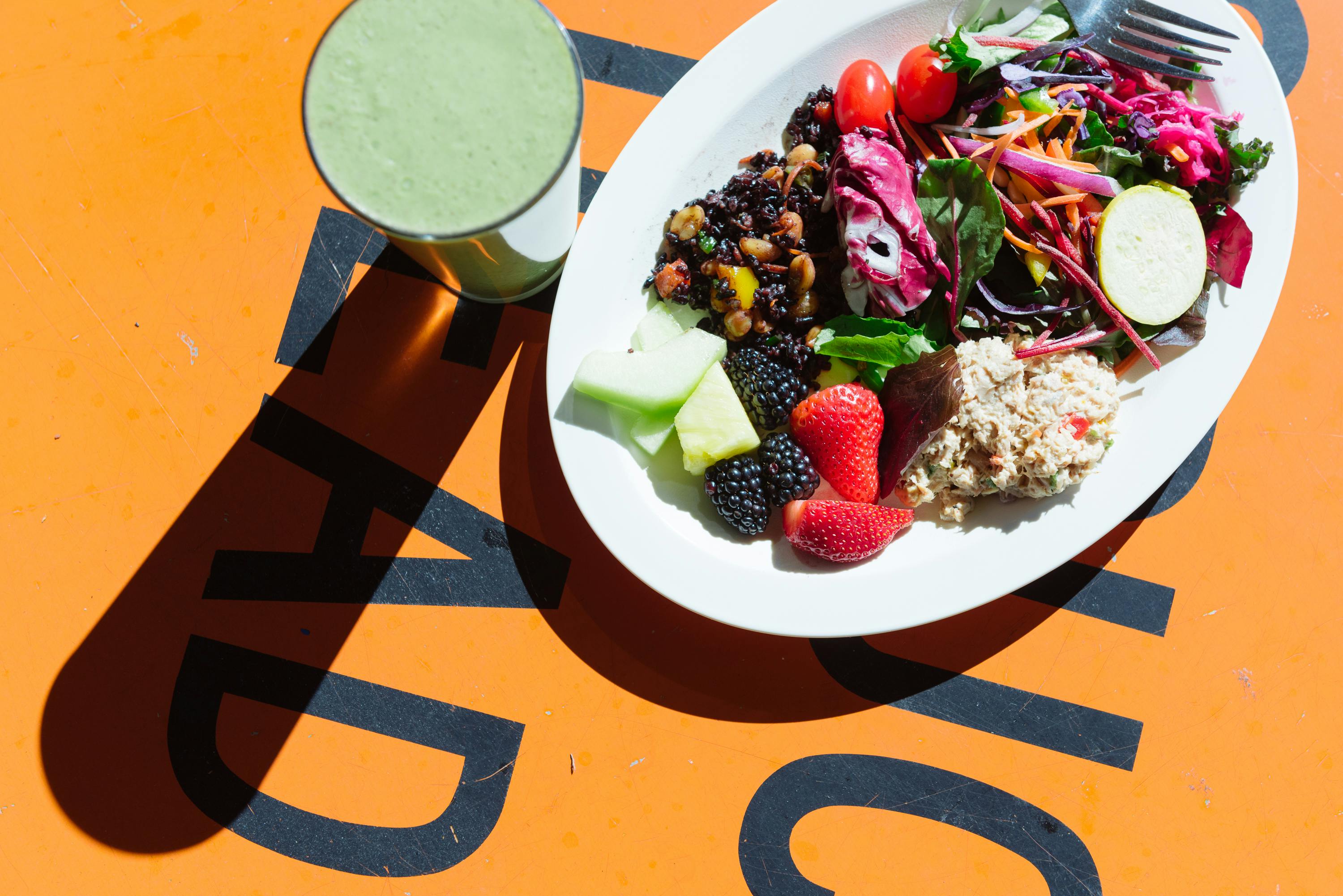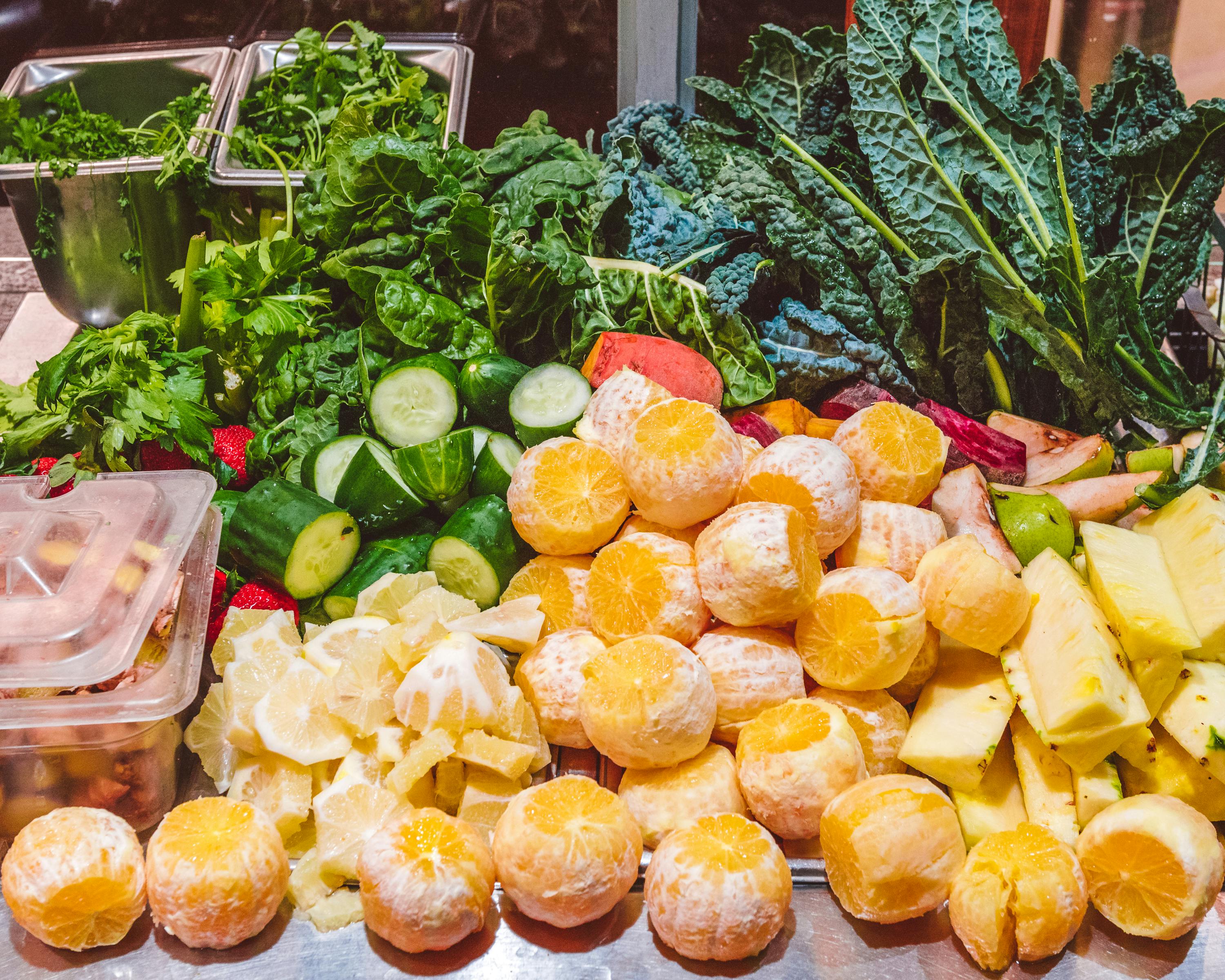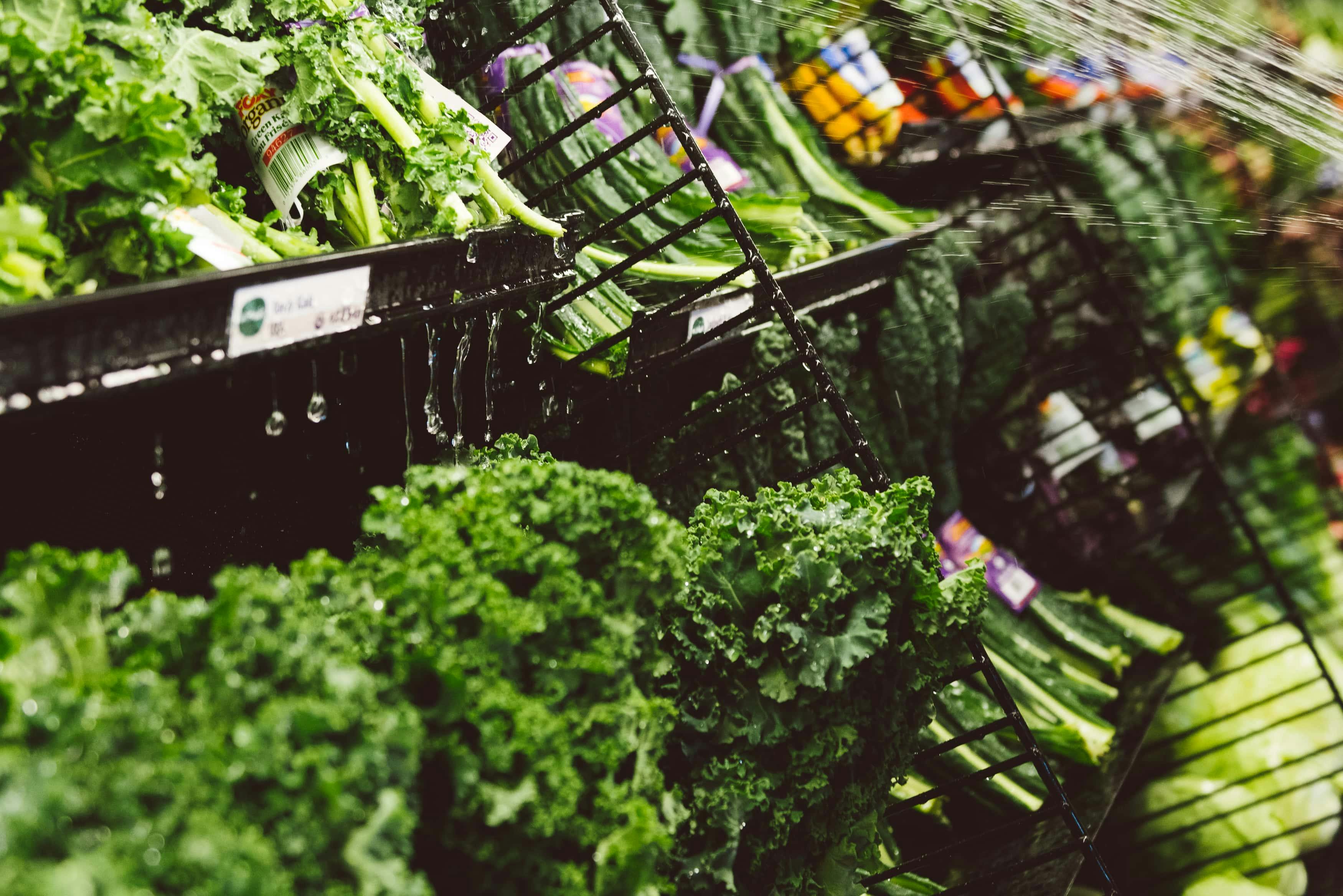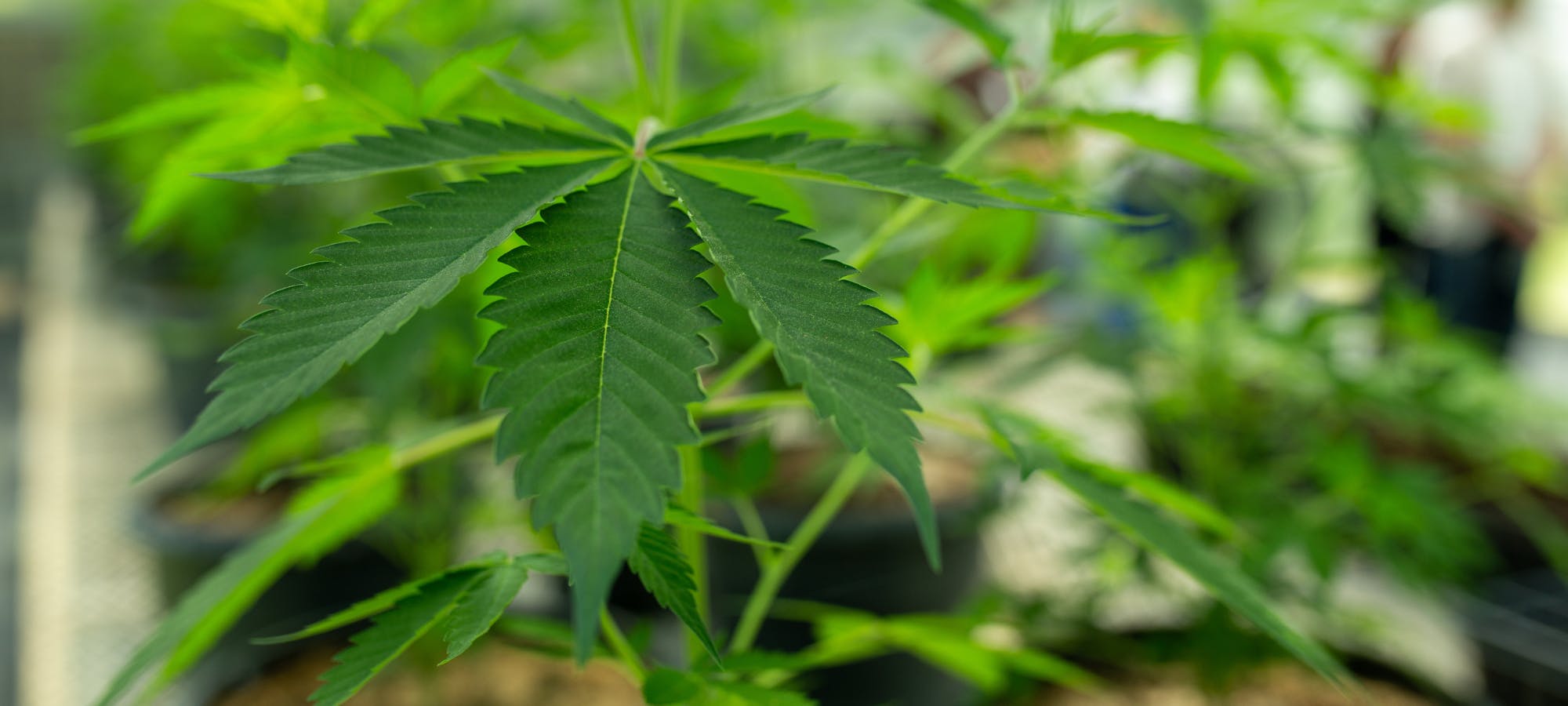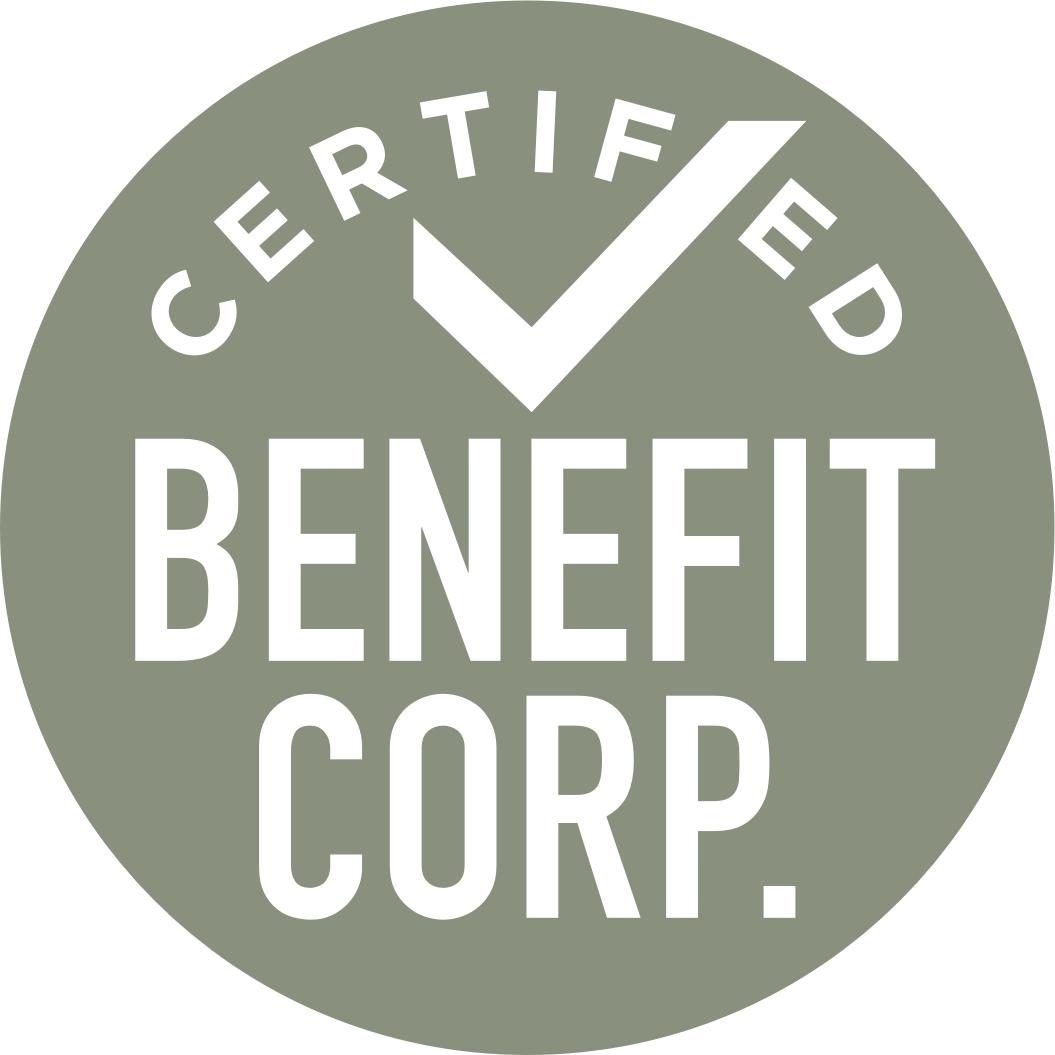Jordan Douglas, MS, HHC
If we’ve worked together before or talked about holistic nutrition, you’ve probably heard me use the phrase “eat the (clean) rainbow.” And no, we’re not talking about Skittles but rather the rainbow of clean, whole plant foods. Nature produces astounding color and variety, and each color of the rainbow supports different aspects of our health and well-being. Let’s break down the clean rainbow, color by color:
Red
- Examples: Fruits like strawberries, raspberries, tomatoes, watermelon, apples, cherries, and bell peppers. Don’t forget about red onion, red potatoes, kidney or adzuki beans, and vegetables like beets, radicchio, and radish.
- Supports: Red foods help to lower inflammation and protect the health of our cells, as well as support heart and liver health
Orange
- Examples: Citrus (nectarine, tangerine, orange) as well as pumpkin, winter squash (acorn, butternut, buttercup), and sweet potato. Fruits include apricots, papaya, persimmon, cantaloupe, and mango. Don’t forget about carrots and turmeric!
- Supports: Orange foods are nourishing to the immune system and promote cellular health. They also nourish our skin and are a great source of carotenoids (vitamin A).
Yellow
- Examples: Yellow can be trickier to incorporate. Beyond the obvious lemon, banana, pineapple, apple, and summer squash, think of millet, bell pepper, and ginger.
- Supports: Yellow foods help reduce inflammation and provide antioxidant support to our cells. They also support cognitive health, eye health, cardiovascular health, and skin health.
Green
- Examples: Green is perhaps the most abundant category, but also tends to be the most lacking. We of course have all of our leafy greens – kale, chard, lettuce, radish and beet greens, arugula, dandelion greens, mustard greens, spinach, watercress, and sprouts. We also have green beans, green peas, zucchini, snow peas, bok choy, broccoli, brussels sprouts, cabbage, artichoke, asparagus, olives, celery, cucumbers – the list goes on!
- Supports: Green foods are alkalizing to the body, supporting skin and hormone health. They also reduce inflammation and support the liver, heart, and brain.
Blue and Purple
- Examples: Blueberries, blackberries, and marionberries are stars here, as well as prunes, raisins, grapes, olives, and plums. Don’t forget carrots, cabbage, cauliflower, and potatoes can all be purple as well! Purple and black rice fall into this category, as do eggplant and figs.
- Supports: Purple foods support the liver, heart, and brain. They provide cellular protection and reduce inflammation.
White, Tan, and Brown
- Examples: This color scheme on its own is unexciting, but provides an excellent (and nutrient dense) backdrop to the more vibrant colors of the rainbow. Think cauliflower, jicama, onions, garlic, and shallots. Legumes, nuts, seeds, and whole grains like brown rice and quinoa all fall into this category as well.
- Supports: White, tan, and brown foods nourish the liver and support the heart and gastrointestinal tract.
When we’re eating the clean rainbow, we’re aiming for at least 9-13 servings of whole plant foods a day. Remember that one serving = one cup raw leafy vegetables = a half cup cooked vegetables = one medium-sized piece of fruit. Ideally, we are incorporating 3-4 servings of colorful plant foods into each meal. If that feels overwhelming or daunting, start with one serving per meal and gradually build your way up. Mix up your colors throughout the day and include plenty of variety with each meal. For support building a more colorful plate, email healthcoach@ellwoodthompsons.com to schedule your free 30-minute nutrition counseling session.
